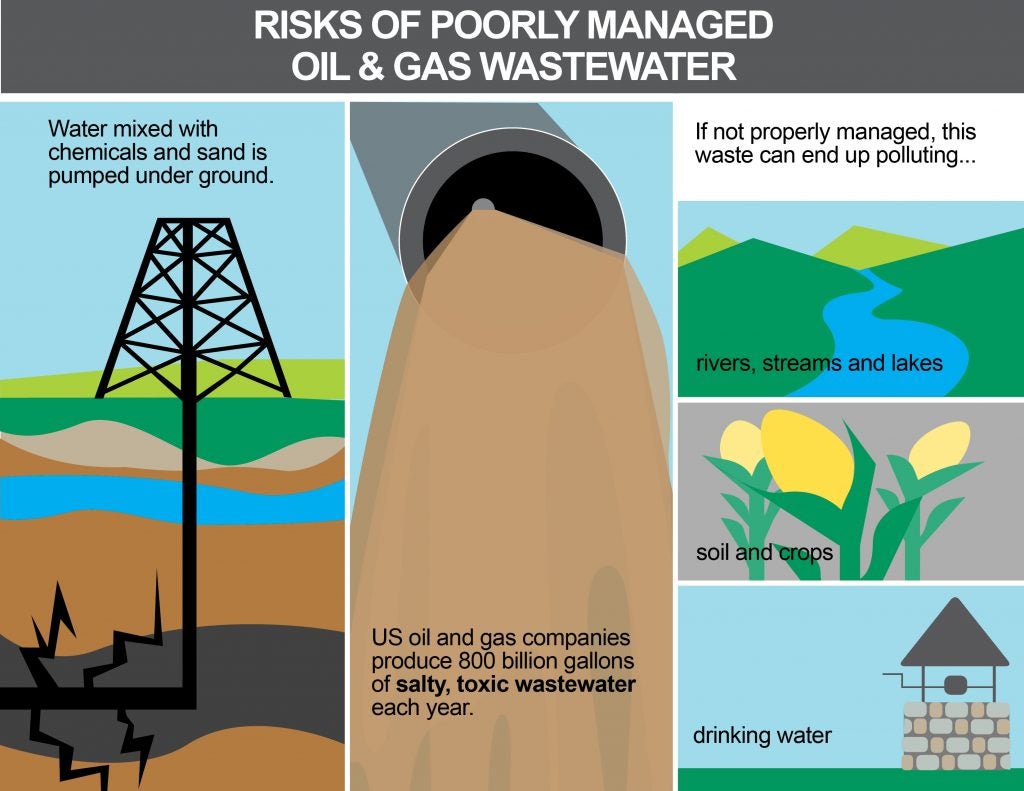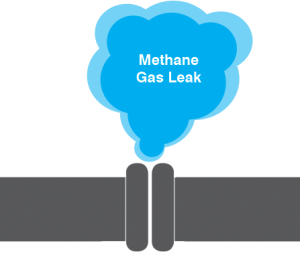This post was updated on June 20, 2017.
Just think about the number of interactions we have with electricity each day – from our alarm clocks to our toasters to our smart phones and the lights in our homes and offices.
Electricity is undeniably important to our lives and our economy. And unprecedented energy innovation has created the opportunity to build a smarter, cleaner, and more modern electric grid. But modernizing the grid won’t happen on its own.
That’s why The Nature Conservancy and Environmental Defense Fund (EDF) convened about a hundred participants for a grid modernization conference last week in Columbus, Ohio. People came together to discuss challenges with our aging and frayed grid as well as opportunities presented by modern sensors and smart meters. Although participants brought different perspectives, everyone agreed now is a critical, opportune time to upgrade our aging electric grid. Read More












 By
By  Energy Secretary Rick Perry’s
Energy Secretary Rick Perry’s  The California Public Utilities Commission (CPUC) recently approved a settlement requiring Pacific Gas and Electric Company (PG&E) to address environmental, as well as safety, factors when fixing natural
The California Public Utilities Commission (CPUC) recently approved a settlement requiring Pacific Gas and Electric Company (PG&E) to address environmental, as well as safety, factors when fixing natural